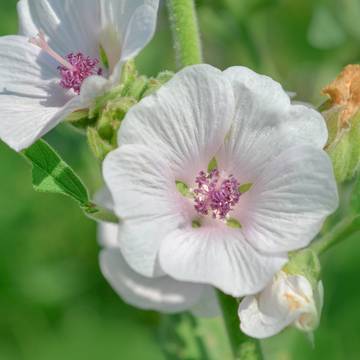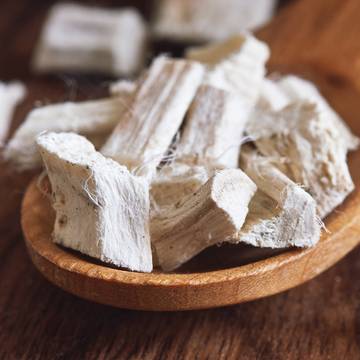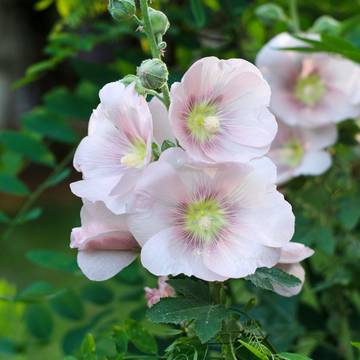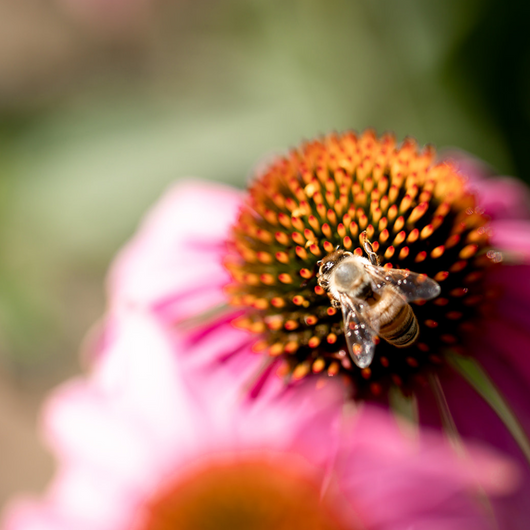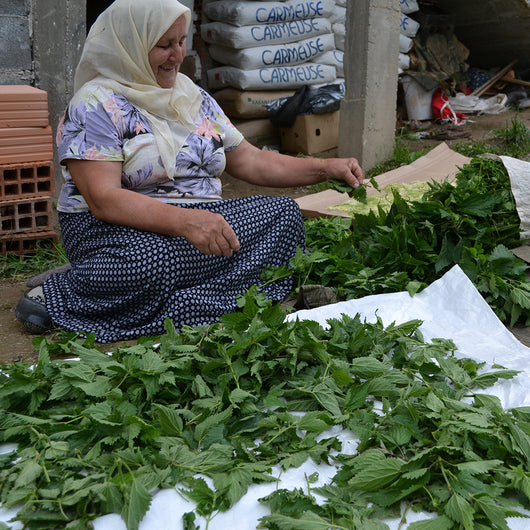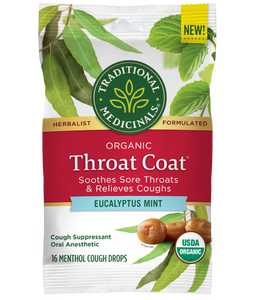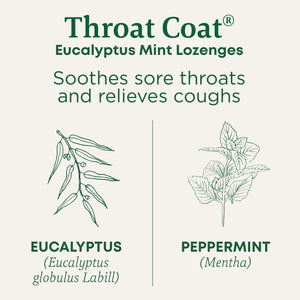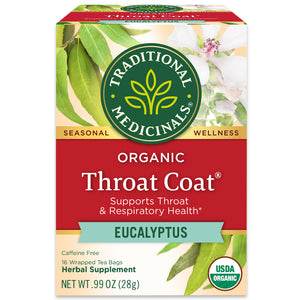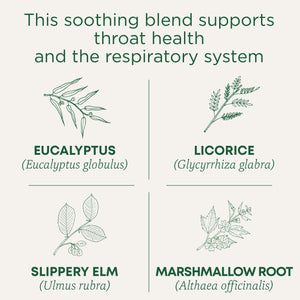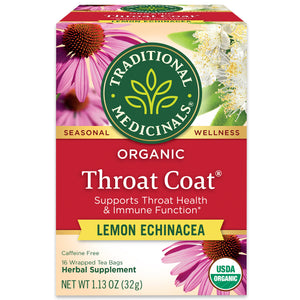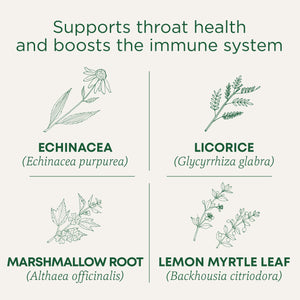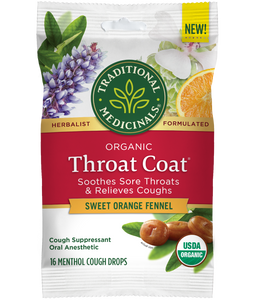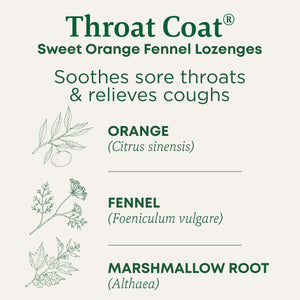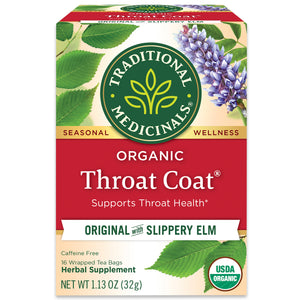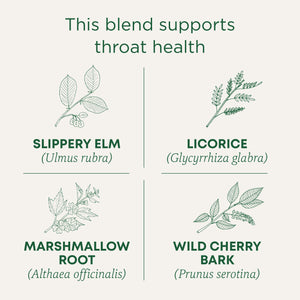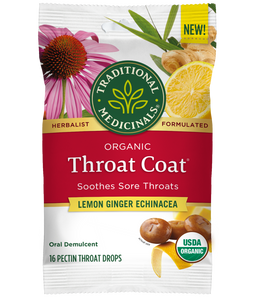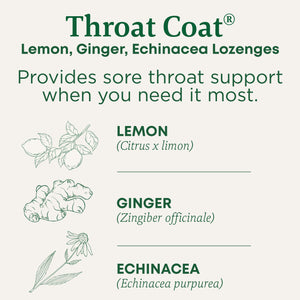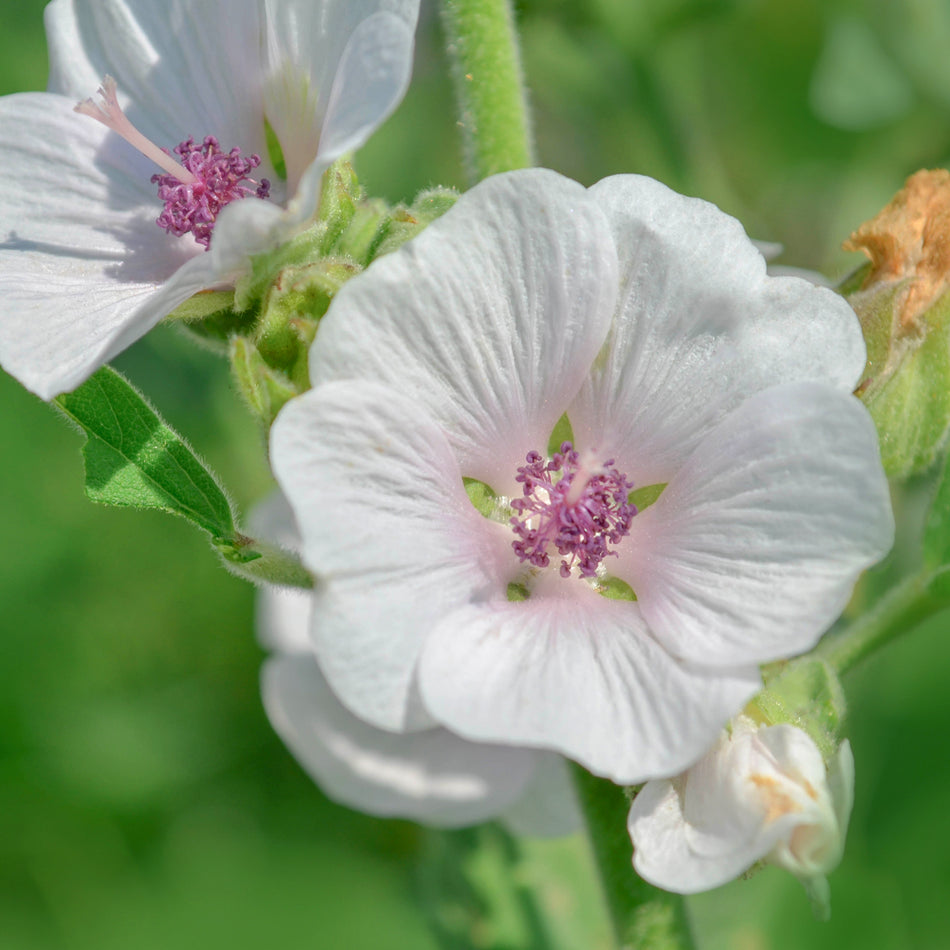
Marshmallow
Althaea officinalisAn exciting discovery for any budding herbalist, marshmallow root tea is a wonderful demulcent for soothing dry tissues and easing digestive discomfort.*
Marshmallow, beyond the sugary confection of campfire adventures.
What are the Benefits of Marshmallow?
Slippery and smooth, marshmallow root tea is traditionally used to calm tissues throughout the body.* As our herbal predecessors learned long ago, soaking the root of the marshmallow plant in cold to room temperature water results in a viscous, silky smooth tea. With the help of modern science, we now know this phytochemical reaction is attributed to mucilaginous polysaccharides found within the leaf and root of mallow.
As the name implies, a mucilages are slippery, slimy, almost mucous-like sugar compounds, which attract and gather water molecules, growing and swelling in size as they envelope more and more hydration. The result is a noticeable thickening to your water, complimented by a sweet, coconut-ty flavor. It is this water infusion that brings out marshmallow root’s benefits to moisturize and soothe delicate mucous membranes lining the digestive tract.*
Folklore & Historical Use of Marshmallow
Believe it or not, the super sweet, hurts-your-teeth sugar puffs of today date as far back as ancient Egypt. Back then, marshmallow’s main ingredients were simply honey and a strong decoction of marshmallow root. This sweetened syrup was then slurped down to soothe tissues. Perfected by the confectioners of 19th century France, marshmallow root remained the primary ingredient of marshmallow candy up until very recent history.
Thanks to our modern herbal bloggers, you can easily find a traditional marshmallow recipe online to test your skills at recreating this child-approved herbal treat!
Botanical Description & Habitat
Marshmallow’s preferred habitat is indicated in its name. This water-loving herb thrives in moist, boggy marshlands and grows along the edges of waterways. A perennial herb, which can grow up to 3 feet tall, marshmallow is in the same family as hibiscus. Although smaller and pale purple to white in color, a keen eye reveals flowers that are similar in design. The leaves are 3 to 5 lobed, roundish, and soft to the touch on both sides.
Easy to cultivate in your home garden, choose a spot with moist but well-drained soil, and wait until the fall of the plant’s second year to harvest the roots.
When To Use Marshmallow
After singing your heart out or chatting up a storm.
Paired with immune-supportive herbs for an extra coat of protection.
As needed, to soothe hot + fiery tummy troubles.
When a dry snap blows through the air.
The Business of Sustainable Plants
Our business is rooted in plants, and for us, it’s a business imperative that we care for the ecosystems where these plants live and thrive. We believe that everything is interconnected, which means supporting ecosystems and the farmers and collectors who harvest and gather our herbs. Finding opportunities to reduce or eliminate emissions at the source, we support organic and regenerative farming practices as well as voluntary certifications like Organic and FairWild. These ensure the absence of pesticides, herbicides, as well as the ongoing sustainability of wild collection, and the health and livelihoods of the collectors who forage. Josef Brinckmann, Traditional Medicinals’ Research Fellow, Medicinal Plants and Botanical Supply, asserts, “Everyone has a role to play in preserving biological diversity. One way of doing that is by equitably supporting the local people to serve as stewards of the land.”
It Starts with Organic
We choose to source organic because we believe in the positive impacts it has on environmental sustainability, biodiversity, and overall ecosystem health. Organic helps us increase transparency while prioritizing consumer well-being and farmer success, which is key to producing the high-quality herbs we source. In 2021, we procured 2.73 million pounds of certified organic herbs, over 99.7% of our total botanical herbs purchased. Volumes were down slightly from FY20 due to timing of inventories received.
The impact from organic farming creates a vital ecosystem through improved soil health, water quality, pollinator habitats, and biodiversity. Organic farms also have increased carbon sequestration potential through long-term carbon storage in the soil, helping to mitigate climate change.
One of the benefits of organic that we most value is farmer health. We care deeply about the people who produce our herbs, ensuring that they are not exposed to synthetic chemicals found in conventional agriculture.
Fair Trade
We believe that everyone deserves a fair wage for hard work. That’s one of the reasons why we’re committed to fair trade. Traditional Medicinals® is a registered Fair Trade “brand holder”, “licensee” and “manufacturer,” and our products are certified by Fair Trade USA, an independent third-party certifier. We were an early adopter of Fair Trade, having launched our first fair trade tea product in 1998, just one year after Fairtrade International (FLO) was established. We continue to work closely with our network of producers to help them to implement fair trade standards and get certified.
Throat Coat® Eucalyptus Mint Lozenges
Throat Coat® Eucalyptus Tea
Throat Coat® Lemon Echinacea Tea
Throat Coat® Sweet Orange Fennel Lozenges
Throat Coat® Lemon Echinacea Lozenges
Additional Information
Important Precautions:
Marshmallow mucilage may slow the absorption of other medicines. Take ½ to 1 hour before or after administering other medications.
Legal Disclaimer:
The information and other content in this article are designed to provide a general overview of the botany, cultural history, and traditional uses of this herb. It is not intended and should not be construed as health advice. Every person is unique and you should consult with your health care provider before using any herbal product or supplement.

